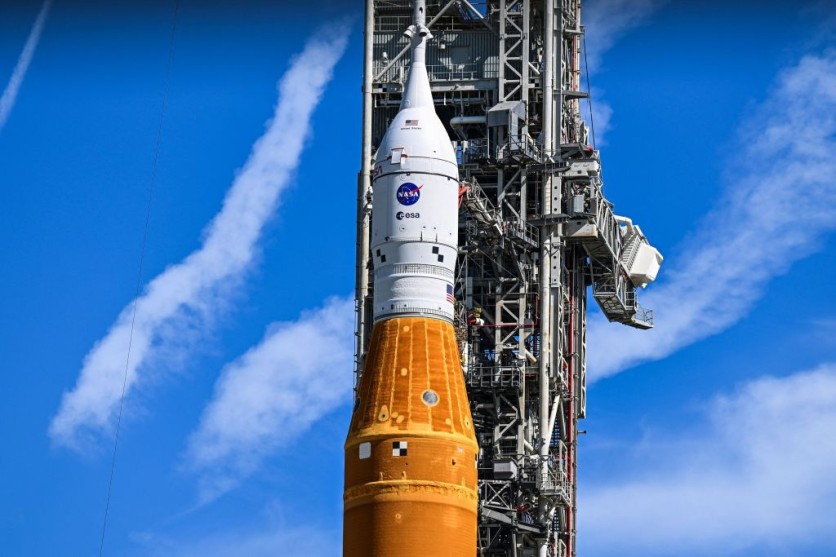NASA's long-delayed Artemis 1 mission may finally have another shot at the Moon as its rocket will make another journey to the launch pad on Friday, Nov.4, as reported first by Space.com.
The Orion spacecraft capsule that will be launched into lunar orbit by NASA's huge Space Launch System (SLS) megarocket will fly on its second mission with Artemis 1.
The rocket has previously been hauled back to NASA's Vehicle Assembly Building (VAB) three times: after fueling tests in April and July, then once again in September because of Hurricane Ian.

NASA said in a blog post that minor repairs have already been made during thorough inspections. The preparation is on track for the rollout of VAN and the mobile launcher by configuring its arms and umbilicals, as well as retracting the access platforms around Orion and SLS.
The twin solid rocket booters' reaction control system testing and the installation of the flight batteries are also finished, and those parts are now set for flight.
Engineers will complete final closeouts at the launch pad before liftoff. The hatches for the crew module and launch abort system are closed for the roll to the pad, according to NASA.
Read Also : NASA's Artemis 1 Moon Mission Will Be Flying With Strange Passengers - Dummies and MORE!
First Lunar Landing in 50 Years
With the launch of Artemis 1, the Space Launch System, a 32-story rocket topped by the Orion spacecraft, will make its debut. When the spacecraft launches small spacecraft for lunar and extraterrestrial exploration, the distance to the lunar surface will be 62 miles.
This will also be the space agency's first lunar landing in 50 years.
The NASA Artemis program aims to establish a long-term human presence on and around the Moon by the end of the 2020s. Artemis 1 marks the program's maiden mission.
The initiative's total cost since its inception in 2017 is over $40 billion. NASA's major goal will be to construct a lunar base camp and a space station to maintain a permanent presence on the Moon to prioritize human space flight.
It's important to note that Artemis 1 will be carrying three mannequins instead of human passengers. The name Commander Moonikin Campos was chosen by the public for the male mannequin, who was also used for Orion vibration tests.
He will fly next to two female mannequin torsos made of components that resemble the bones, soft tissues, and organs of an adult female.
Ten CubeSats, or shoebox-sized spacecraft, will also be launched as part of the mission to map and study the lunar surface's ice pockets. In addition to completing tests on a space radiation barrier, other CubeSats will also be flying to far-off locations.
If NASA's current preparation proves to be a success, the Artemis 1 may finally fly to the Moon on November 14.
Read also: NASA Will Land On The Moon F
This article is owned by Tech Times
Written by Jace Dela Cruz
![Apple Watch Series 10 [GPS 42mm]](https://d.techtimes.com/en/full/453899/apple-watch-series-10-gps-42mm.jpg?w=184&h=103&f=9fb3c2ea2db928c663d1d2eadbcb3e52)



